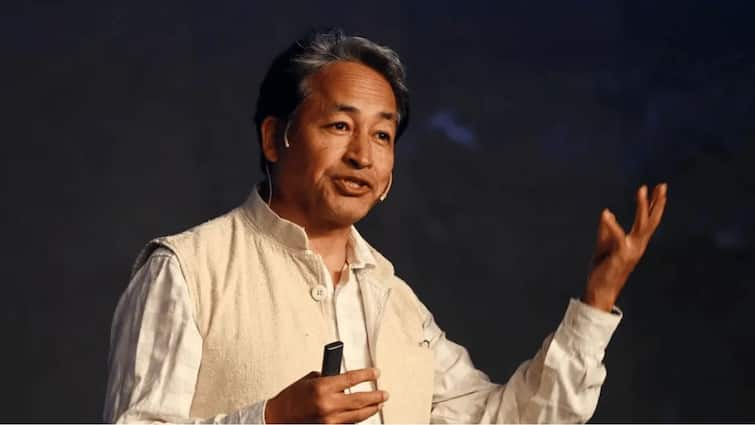In a shocking development from Madhya Pradesh, Dr. Praveen Soni, a pediatrician in Parasia, Chhindwara district, has been suspended with immediate effect following the deaths of 10 children who consumed poisonous cough syrup. The Chief Minister’s Office confirmed that the action was taken on the direct instructions of Chief Minister Dr. Mohan Yadav. Dr. Soni, accused of negligence in treating infants, has now been attached to the Regional Office of Health Services in Jabalpur.
Investigation and Legal Action
According to SP Ajay Pandey, “Based on the BMO report, a case has been registered under sections 105 BNS, 276 BNS, and 27(A) of the Drug and Cosmetic Act. Dr. Praveen Soni treated the highest number of children involved in this case. He had prescribed cold medication, which has made him an accused in this investigation. The Tamil Nadu-based manufacturer, Shreesan Pharmaceuticals, has also been named the primary accused. Dr. Soni is currently in police custody.”
Authorities revealed that the cough syrup contained toxic chemicals, raising questions about the safety measures followed by both the doctor and the pharmaceutical company. Early investigations indicate that Dr. Soni, while serving at a government hospital, allegedly continued prescribing the same syrup in his private clinic, exposing children to fatal risks.
Toxic Substance Found in Syrup
Lab tests revealed alarming results: the cough syrup contained diethylene glycol at levels far beyond the safe limit. While the acceptable concentration is 0.10 percent, the syrup tested showed 48 percent, roughly 480 times higher than allowed. Diethylene glycol is highly toxic, and ingestion in such quantities can cause severe organ damage and even death. Following these revelations, the government immediately banned the Coldrif cough syrup to prevent further tragedies.
This incident has sparked outrage across the state, raising serious concerns about medical negligence and pharmaceutical safety standards. Families and authorities alike are demanding swift justice, as questions loom over how such a deadly product reached vulnerable patients in the first place.



